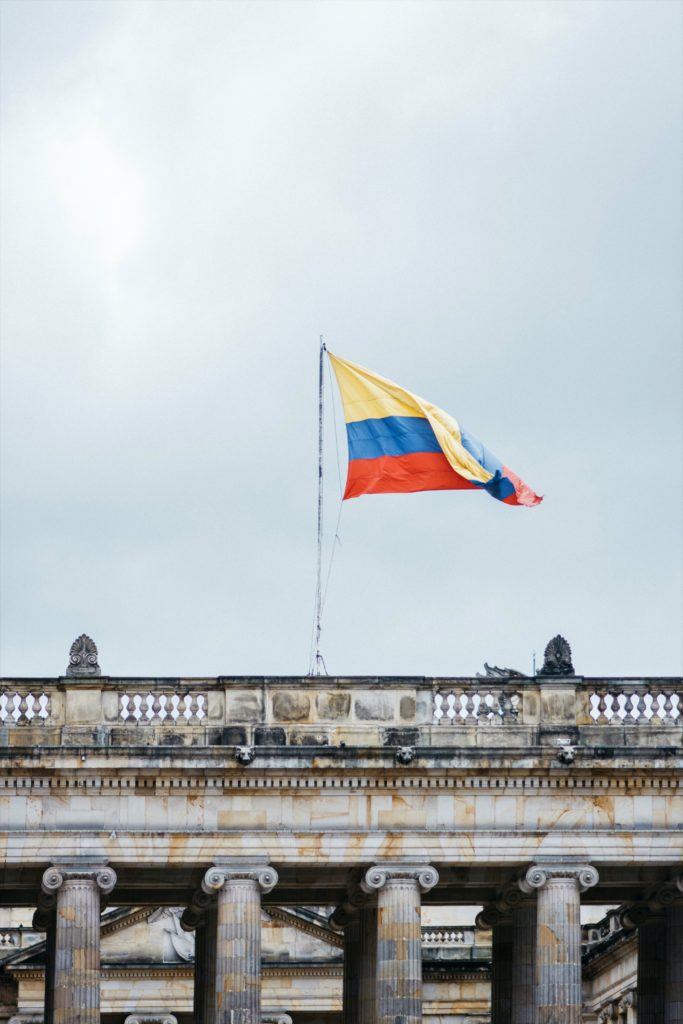117 kilometers of new cycle paths
More than a month ago, when the turbulence surrounding the corona crisis was just beginning, the Colombian capital Bogotá already recognized this change and set up 117 kilometers of additional bicycle paths. They simply separated one lane from a large, six-lane road, for example, and reserved it for bicycles. The result was a so-called “pop-up cycle path”. These are cycle paths created at very short notice, which do not require a great deal of administration.
In general, cycle paths are nothing new for Bogota. Even before the Corona crisis, the city had a large, 550-kilometer-long network of cycle paths and, with David Uniman, even a “bicycle manager” in the city administration. However, the normal, permanently installed cycle paths are not wide enough to meet the sudden increase in demand and to provide cyclists with a sufficiently large distance between them. On some bridges and crossings, which were previously impassable for bicycles, there are now also cycle paths.
“Pop-Up” within one day
As the word pop-up already suggests, the new cycle paths are literally “popped” out of the ground. Everything went very quickly in Bogotá because the basic logistics already existed and the decision was quickly made by the city administration, headed by the mayor Claudia López Hernández. Bogotá regularly organizes the Ciclovía and closes 124 kilometers of road on Sundays to open them exclusively for bicycles and other sporting activities. All “pop-up changes” were planned within one Sunday and after only one more day everything was already implemented.
The inhabitants of Bogota reacted very positively to the additional cycle paths, as most of the adjustments were already known anyway. Many people, who normally travel around the city by bus, now take the bike. The changes are also intended for exactly these people. In Bogotá it is normal that already at five o’clock in the early morning, up to 200 people commute to work in only one bus, which is no longer possible due to the social distancing.
Long-term preservation
Shortly after the new pop-up cycle paths were set up, the Colombian government imposed a general curfew. Due to the restrictions on freedom of movement, it is of course difficult to quantify how much the bicycle traffic has finally increased, but it is clearly noticeable that more people are now cycling. There are initial estimates from the city administration that in the days before the curfew, bicycle traffic had increased by 70 percent. There are plans to maintain at least some of the cycle paths after the end of the corona crisis. A fundamental change in daily mobility is expected there.
The approximately 10 million inhabitants of Bogotá would also benefit from the long-term maintenance of the pop-up cycle paths away from Corona. The city has an increasing smog problem, with around 2,000 people dying of respiratory diseases every year.
